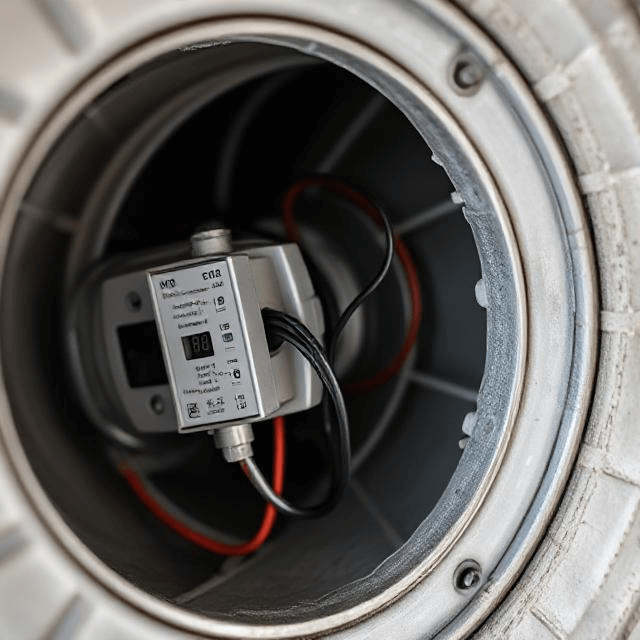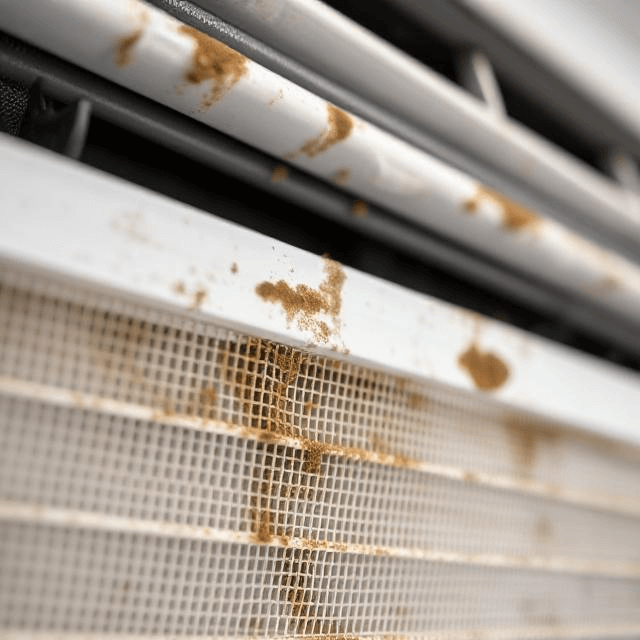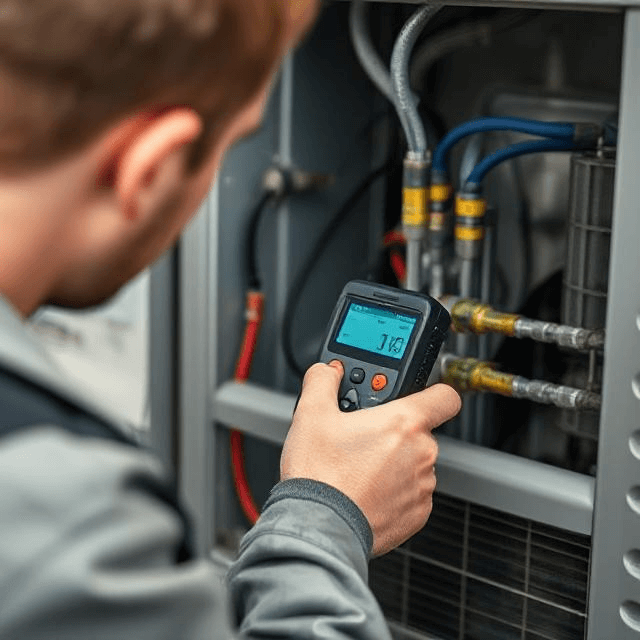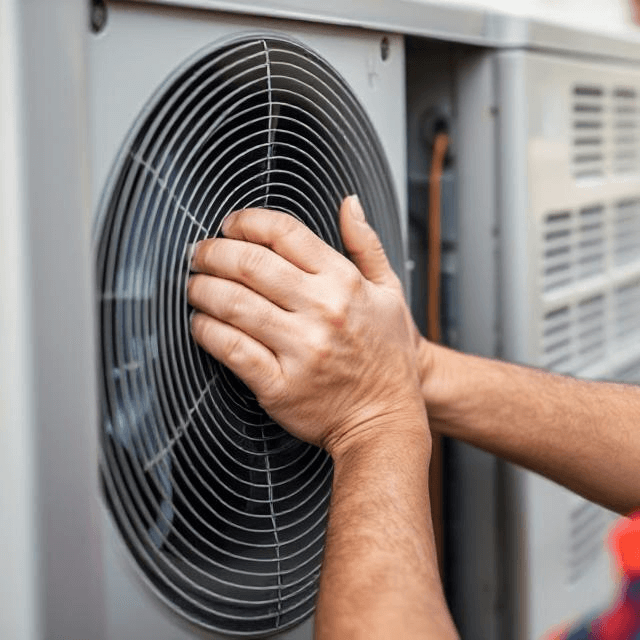A zone damper controls the airflow in different areas of your HVAC system, helping to maintain consistent temperatures throughout your home. If your zone damper isn’t working, reset it by pressing the dedicated reset button or disconnecting the unit’s power.
This guide will walk you through the steps in detail so you can restore your HVAC system’s functionality. If the problem persists, contact Season Control Heating & Air Conditioning at 818-275-8487 for assistance. We serve Canoga Park, CA, and nearby areas.
How to Reset the Zone Damper?
Step 1: Disconnect Power Sources
Start by turning off the power to the HVAC system. Locate the power switch or circuit breaker that controls your HVAC unit and switch it off. This ensures there’s no power running to the system, preventing any risk of electric shock while working on the zone damper.
Step 2: Access the Damper
Once the power is off, locate the zone damper. Dampers are typically found within the ductwork, near the HVAC unit, or near each zone’s vents. To access the damper, remove the panel or cover that protects it.
If your HVAC system has multiple dampers, focus on the one corresponding to the zone experiencing the issue.
Step 3: Reset the Zone Damper
To reset the zone damper, check if your system has a reset button or switch that can be pressed. If there is no dedicated reset button, you can try disconnecting the power completely and waiting a few minutes before reconnecting it. This will allow the system to reboot, which can often resolve the issue with the damper.
Step 4: Test the System
After resetting, turn the power back on and restart your HVAC system. Monitor the airflow in the affected zone to ensure the damper is opening and closing properly. The reset is successful if the damper responds correctly and the airflow is restored.
When to Call a Professional to Adjust the HVAC Zone Damper?
- Persistent Issues After Reset: If the damper continues to malfunction despite resetting and adjusting it, the problem may lie with the motor, wiring, or the control board.
- Unusual Noises or Malfunctions: If you hear strange noises from the damper, such as grinding or clicking, it could indicate that internal parts are damaged and need professional attention.
- Electrical Issues: If you suspect that the damper’s motor or wiring is faulty or if you’re unsure how to troubleshoot electrical issues safely, it’s best to call a professional.
- Inability to Calibrate or Adjust: If the control panel settings are unresponsive or you can’t recalibrate the damper, an HVAC technician will have the expertise to resolve the problem.
- Lack of Airflow: If resetting the damper doesn’t restore proper airflow to the zone, there may be an underlying problem with the ductwork or system design that requires professional evaluation.
Contact Season Control for HVAC Maintenance
If you’ve followed the steps to reset your zone damper and are still experiencing issues, it’s time to seek professional assistance. HVAC systems can be complex, and sometimes, the problem goes beyond a simple reset.
Season Control Heating & Air Conditioning is a trusted HVAC contractor serving Canoga Park, CA, and nearby areas. Our experienced team can quickly diagnose and resolve your HVAC zone damper issues so that it continues to operate reliably.
Call 818-275-8487 to schedule an inspection and service.









